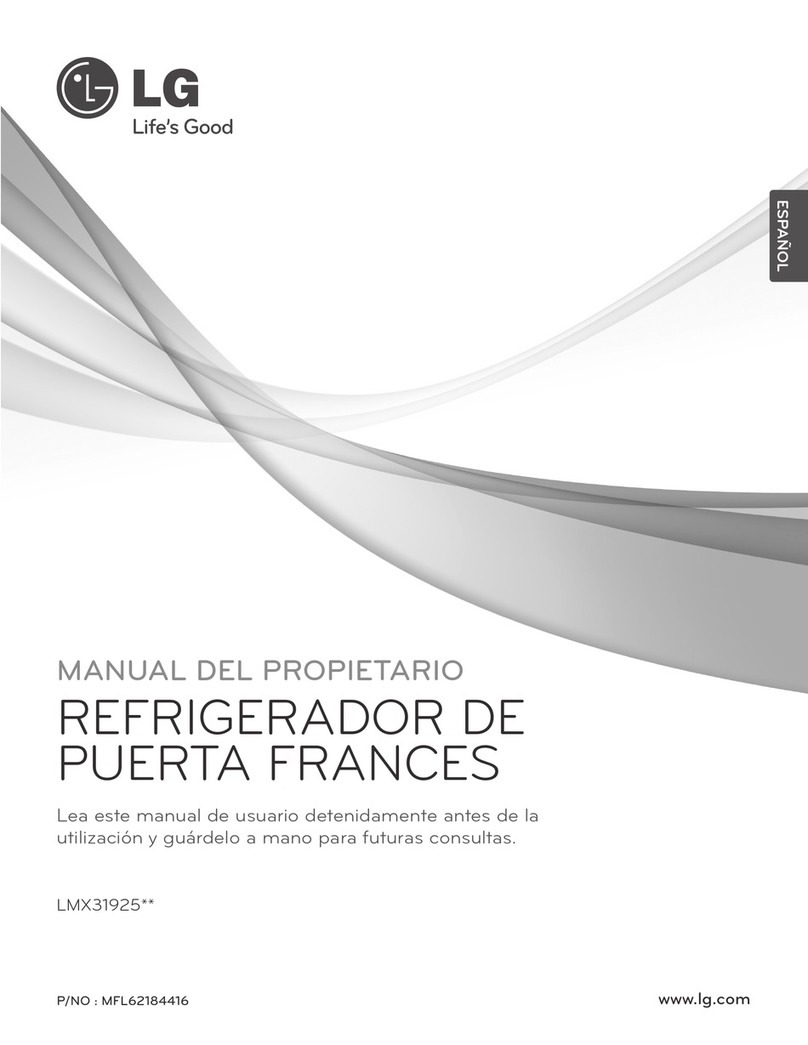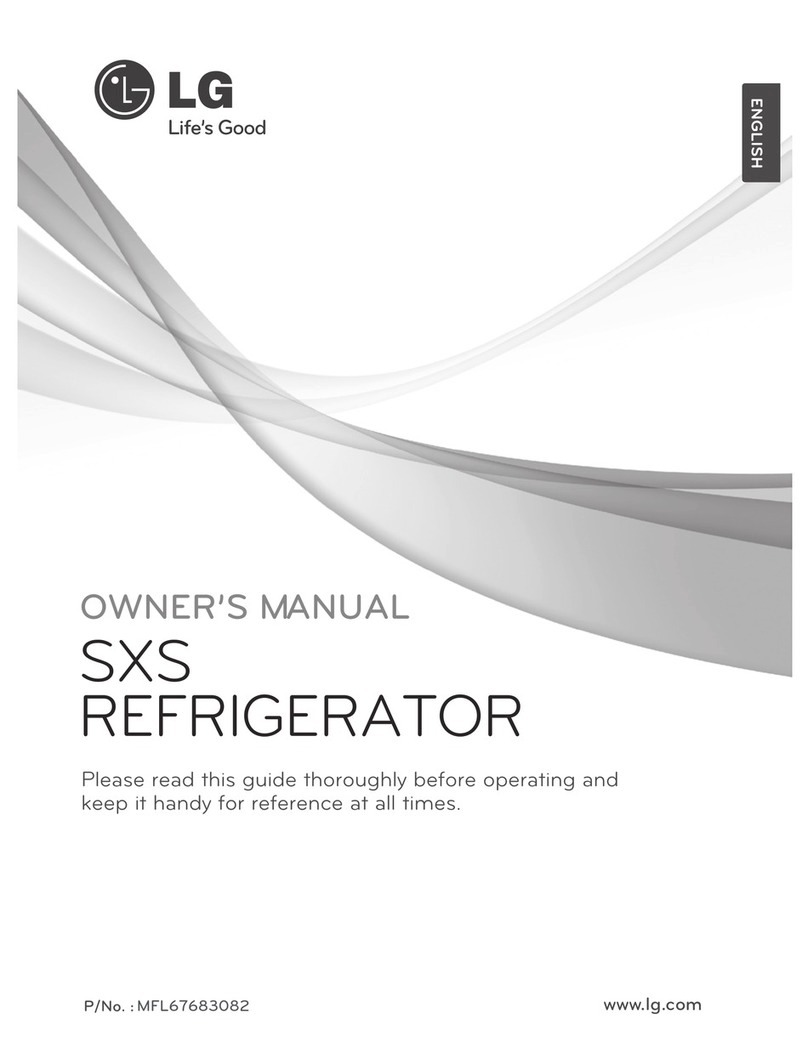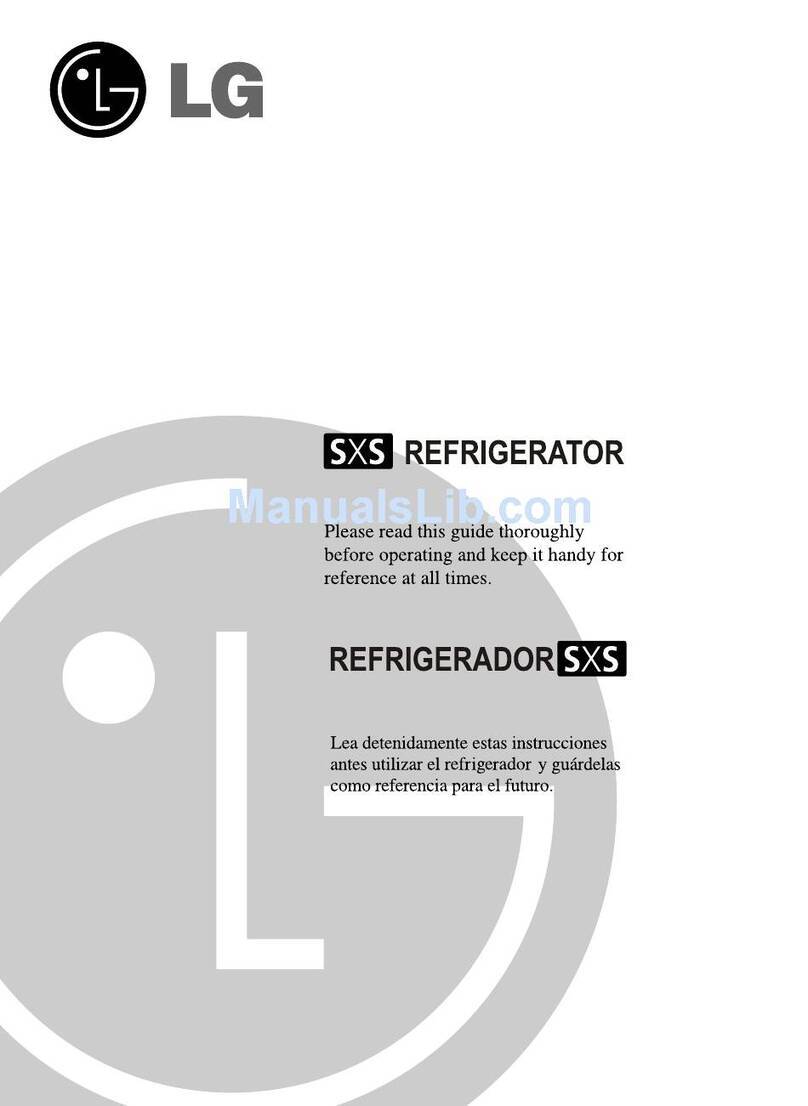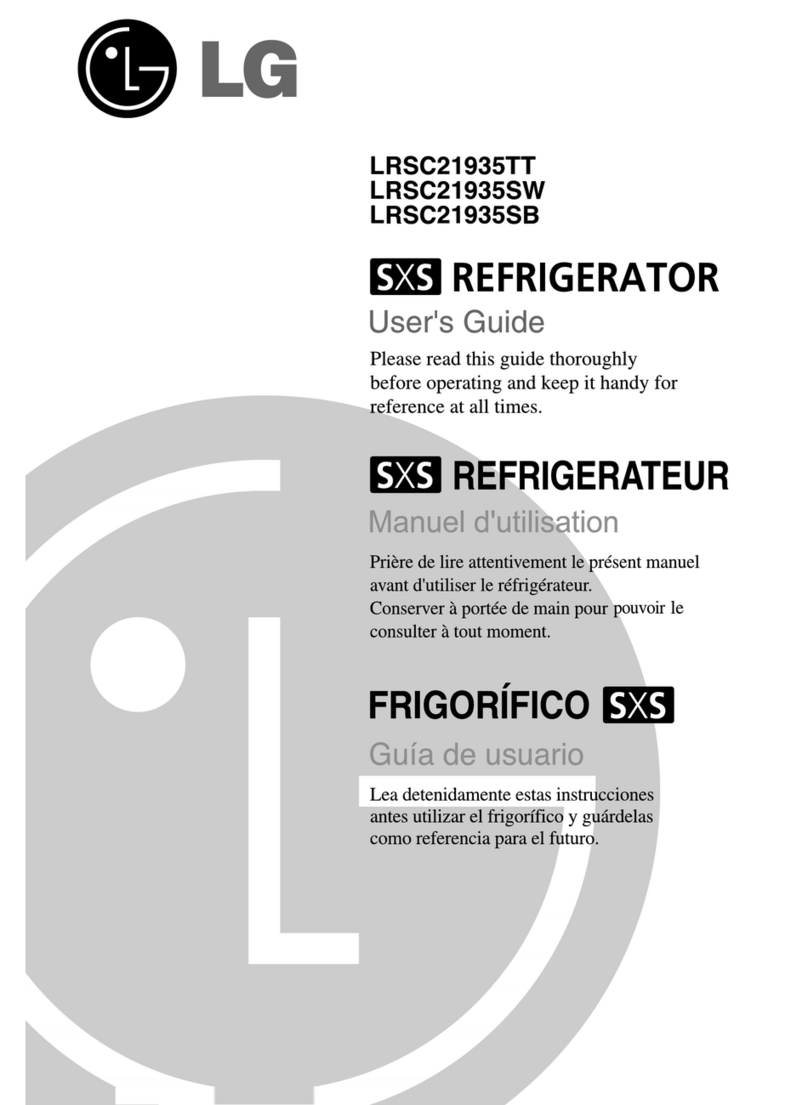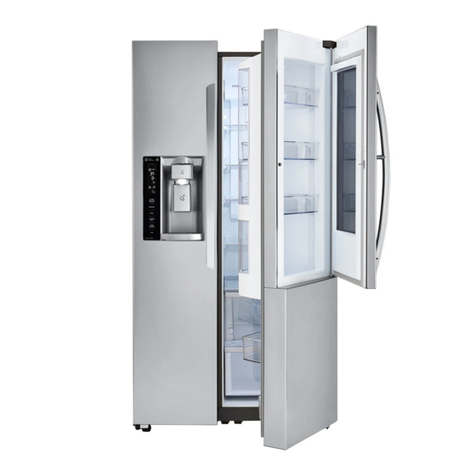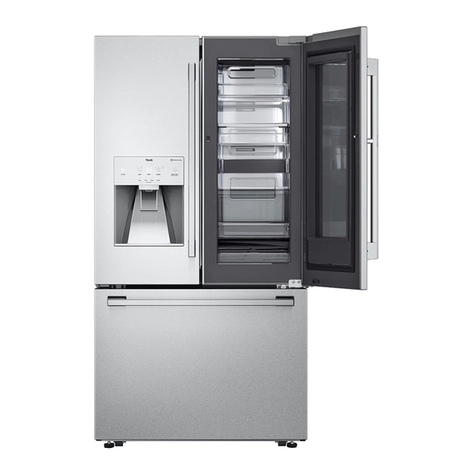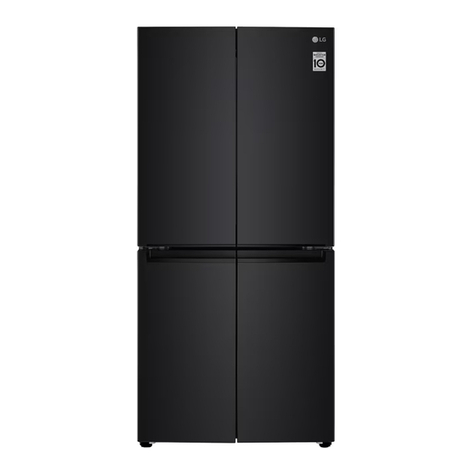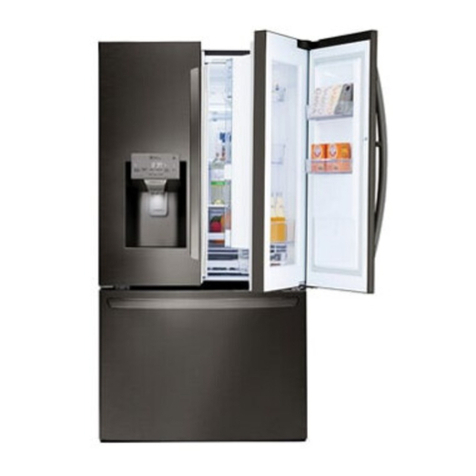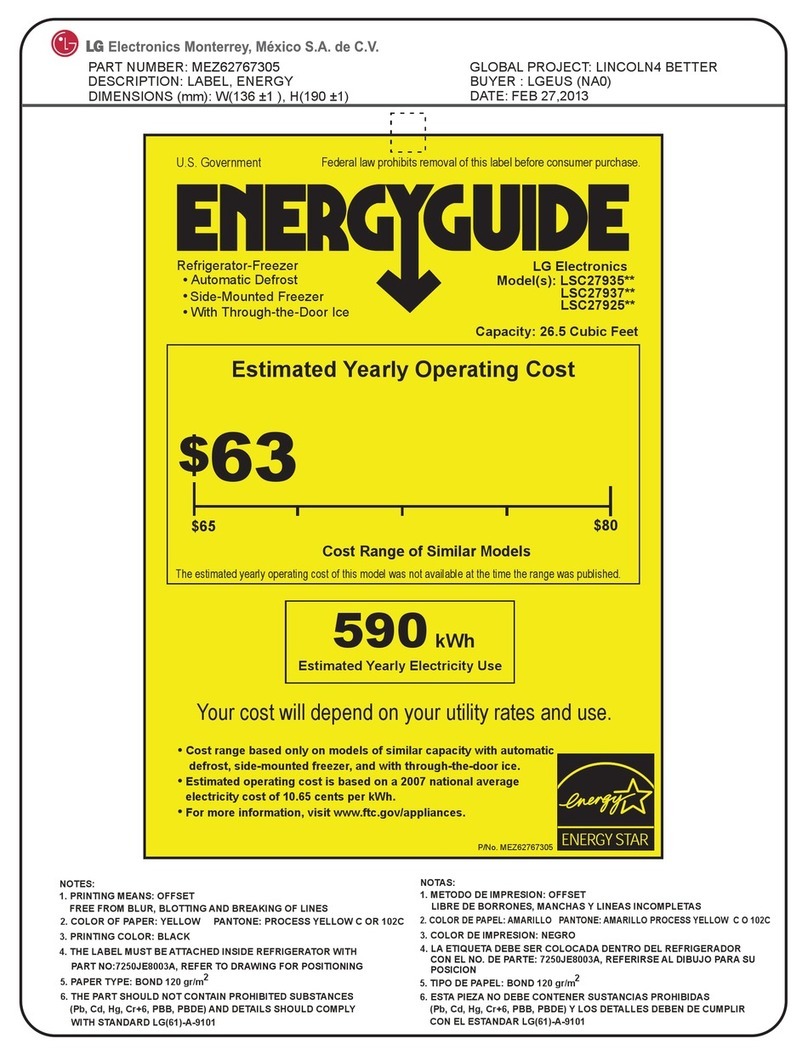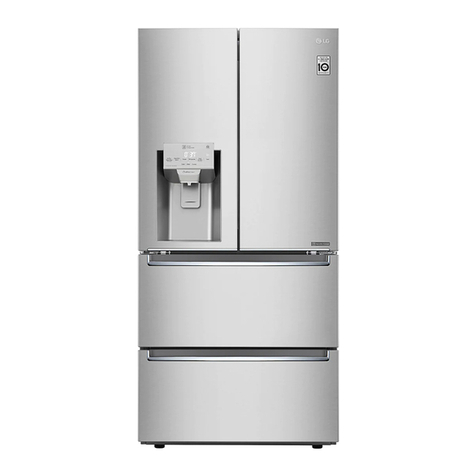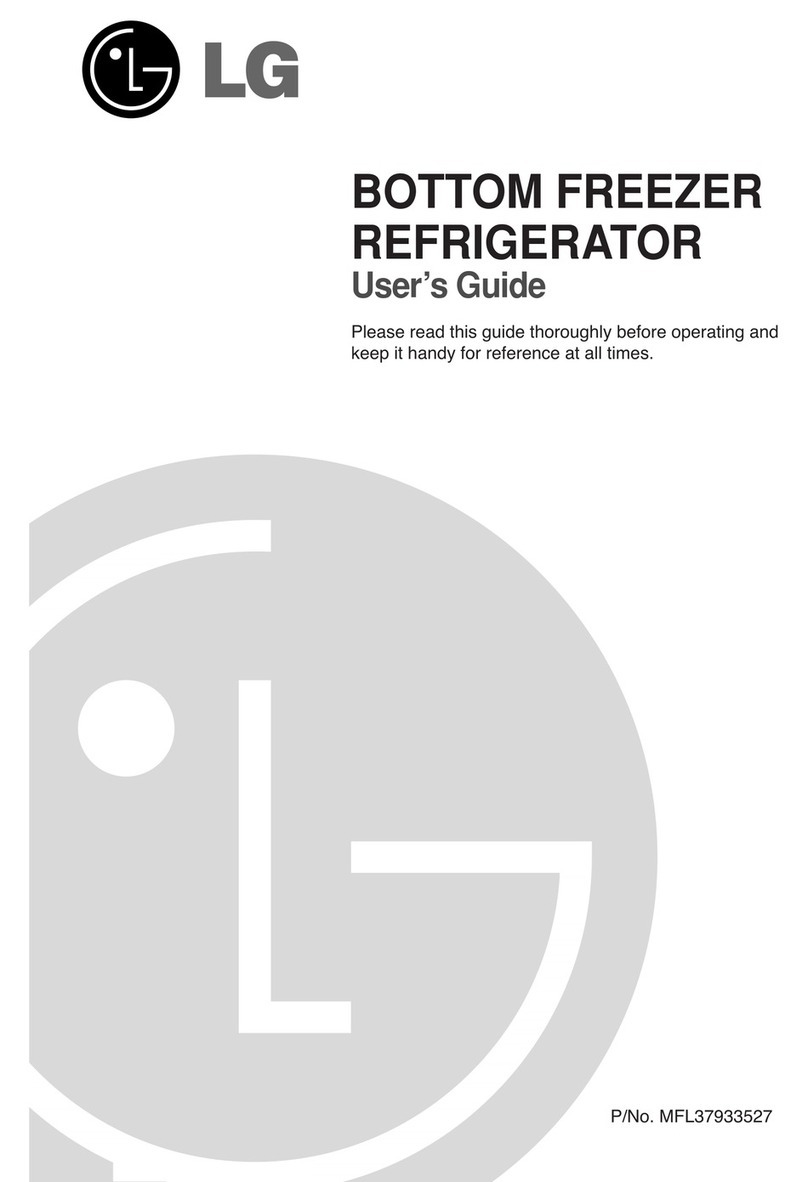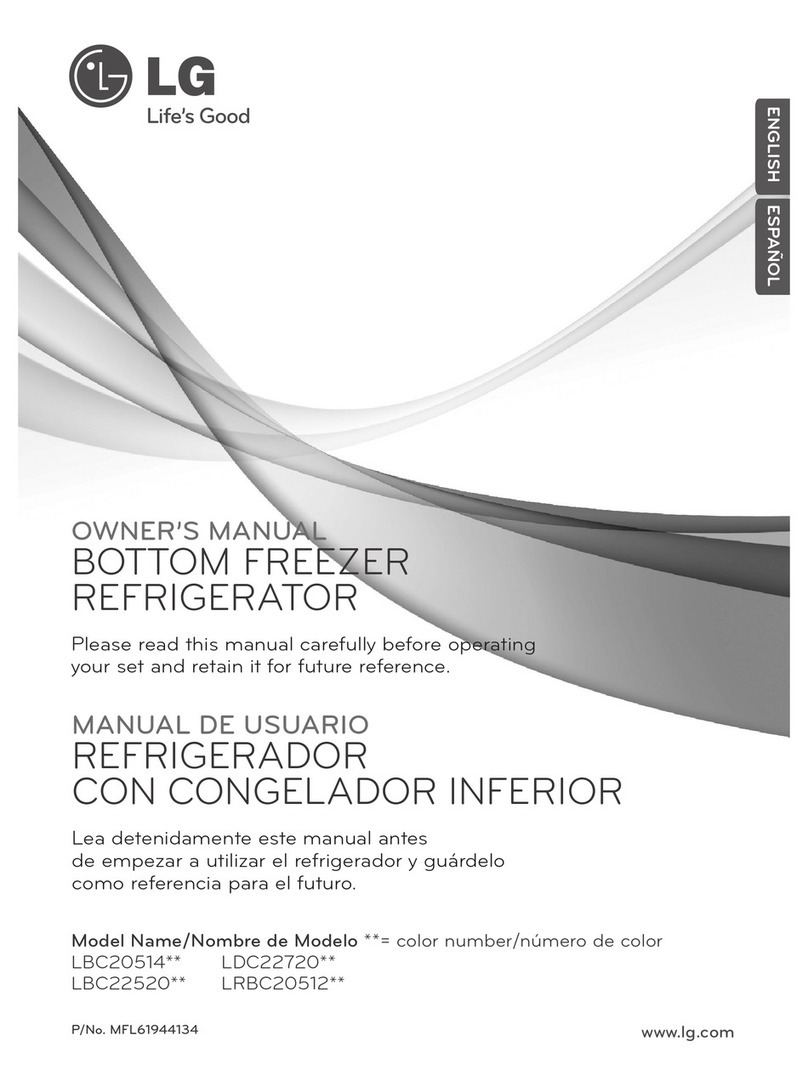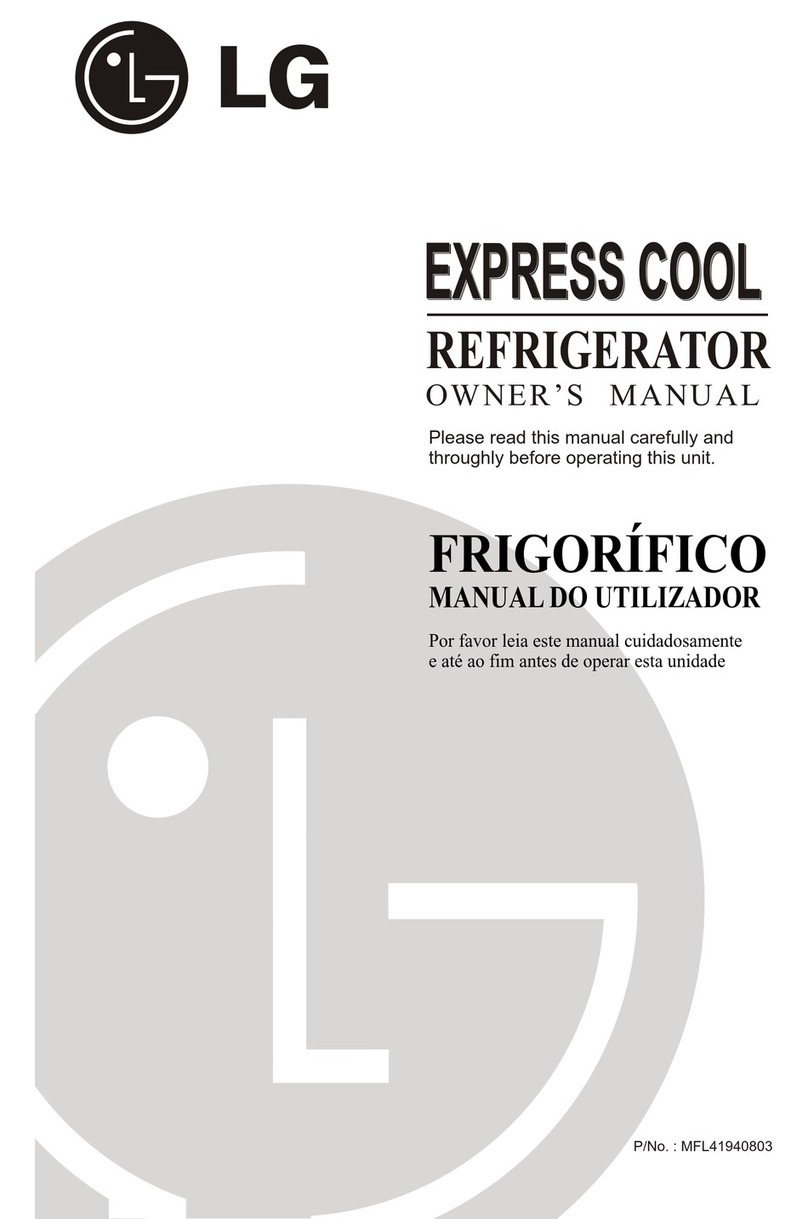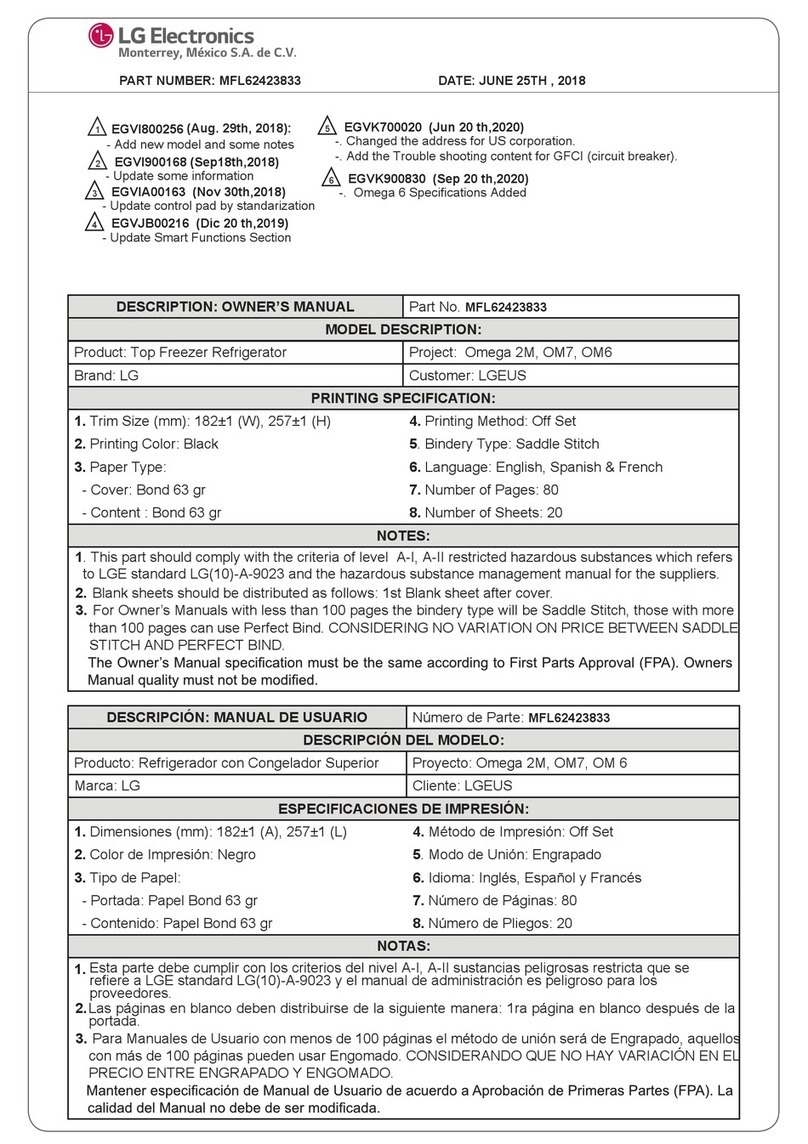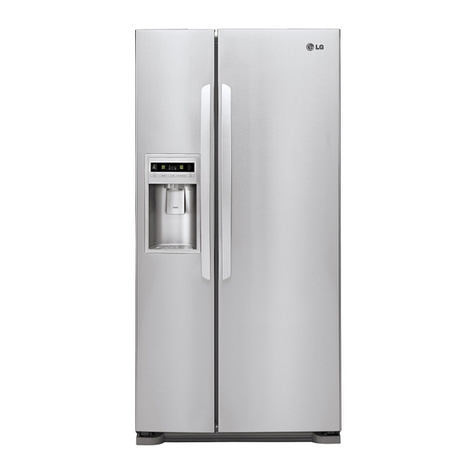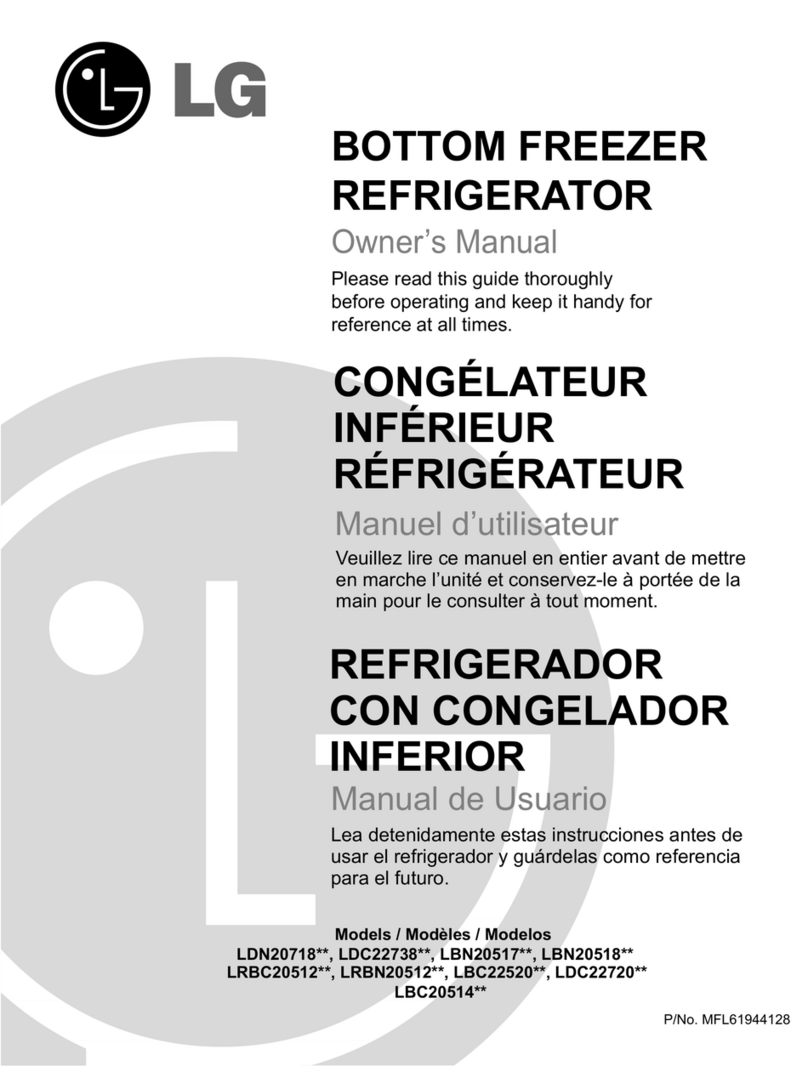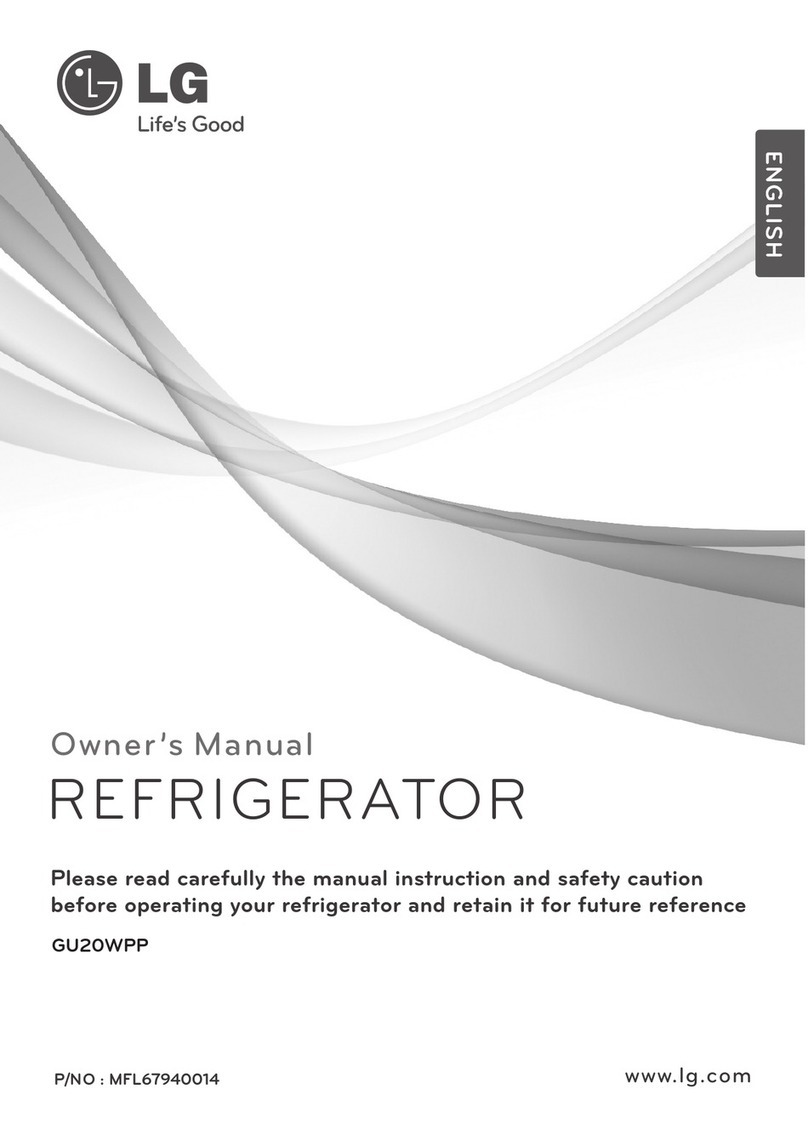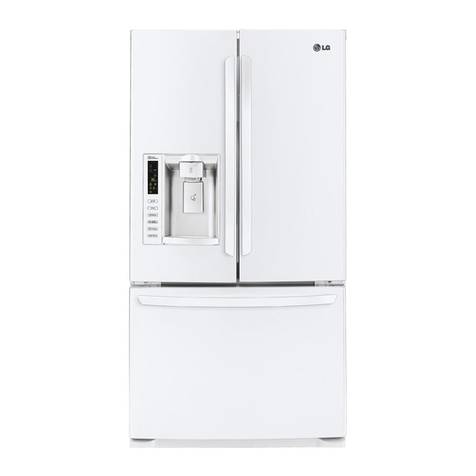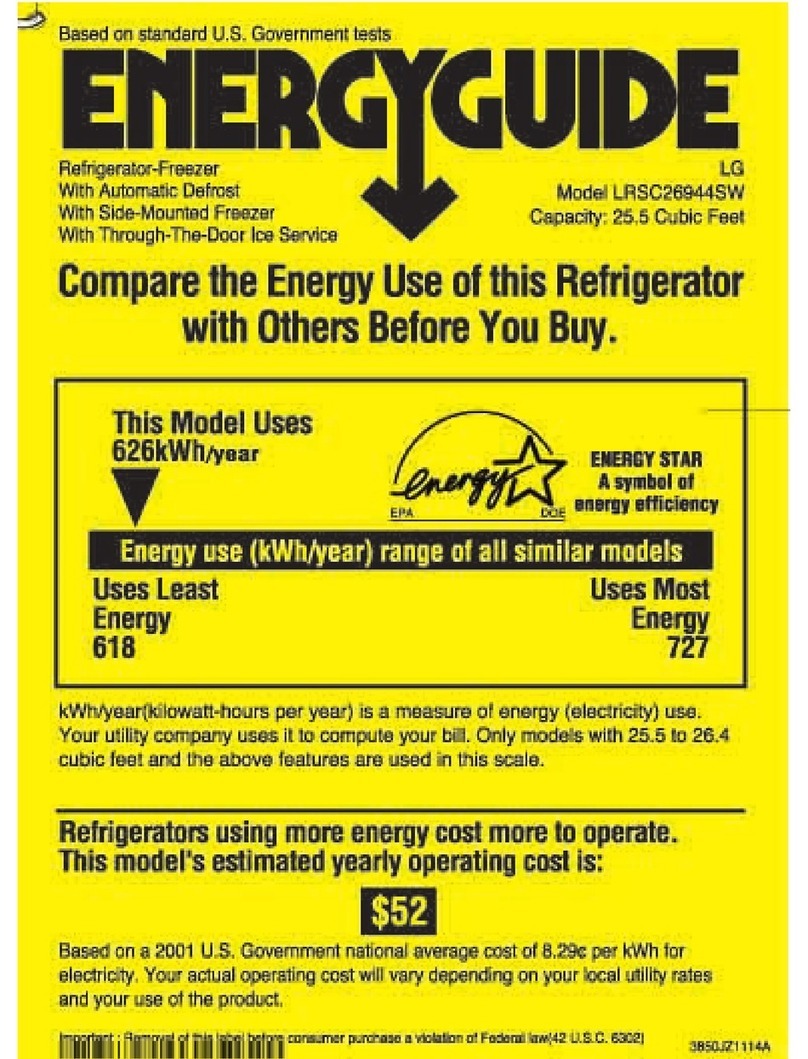
CONTENTS
- 2 -
WARNINGS AND SAFETY PRECAUTIONS ....................................................................................
1. SPECIFICATIONS .........................................................................................................................
2. PARTS IDENTIFICATION ..............................................................................................................
3. DISASSEMBLY...............................................................................................................................
4. TROUBLESHOOTING COMPRESSOR.........................................................................................
4-1 Compressor activation defect ..................................................................................................
4-2 Service Diagnosis Chart...........................................................................................................................
5. COMPRESSOR ..............................................................................................................................
6. CIRCUIT DIAGRAM .......................................................................................................................
10. EXPLODED VIEW..........................................................................................................................
2
3
4
5
11
11
18
19
21
56
SAFETY PRECAUTIONS
Please read the following instructions before
servicing your refrigerator.
1. Check the refrigerator for current leakage.
2. To prevent electric shock, unplug before
servicing.
3. Always check line voltage and amperage.
4. Use standard electrical components.
5. Don't touch metal products in the freezer with
wet hands. This may cause frost bite.
6. Prevent water from spiling on to electric
elements or the machine parts.
7. Before tilting the refrigerator, remove all
materials from on or in the refrigerator.
8. When servicing the evaporator, wear gloves to
prevent injuries from the sharp evaporator fins.
9. Service on the refrigerator should be performed
by a qualified technician. Sealed system repair
must be performed by a CFC certified technician.
7. TROUBLESHOOTING..................................................................................................................... 22
7-1 Compressor and Electric Components .......................................................................................... 22
7-2 PTC and OLP................................................................................................................................ 23
7-3 Other Electric Components ........................................................................................................... 24
7-4 Service Diagnosis Chart ............................................................................................................... 25
7-5 Refrigerating Cycle ........................................................................................................................ 26
8. ICE MAKER .................................................................................................................................... 27
8-1 Opretation Principal........................................................................................................................ 27
8-2 Ice Maker Functions........................................................................................................................ 28
8-3 Defect Diagnosis Function............................................................................................................. 30
9. CIRCUIT OF MICOM....................................................................................................................... 31
9-1 Function .........................................................................................................................................
31
